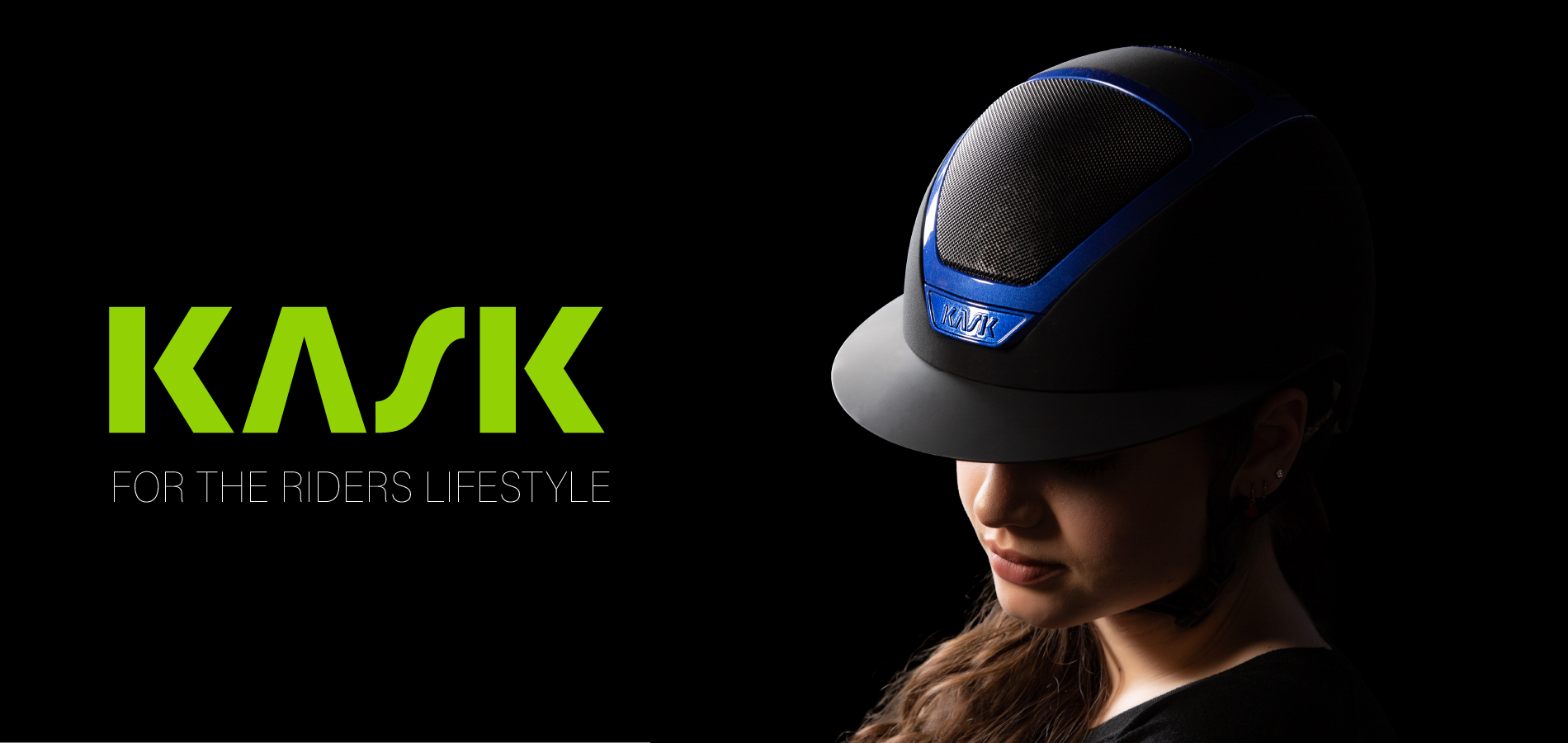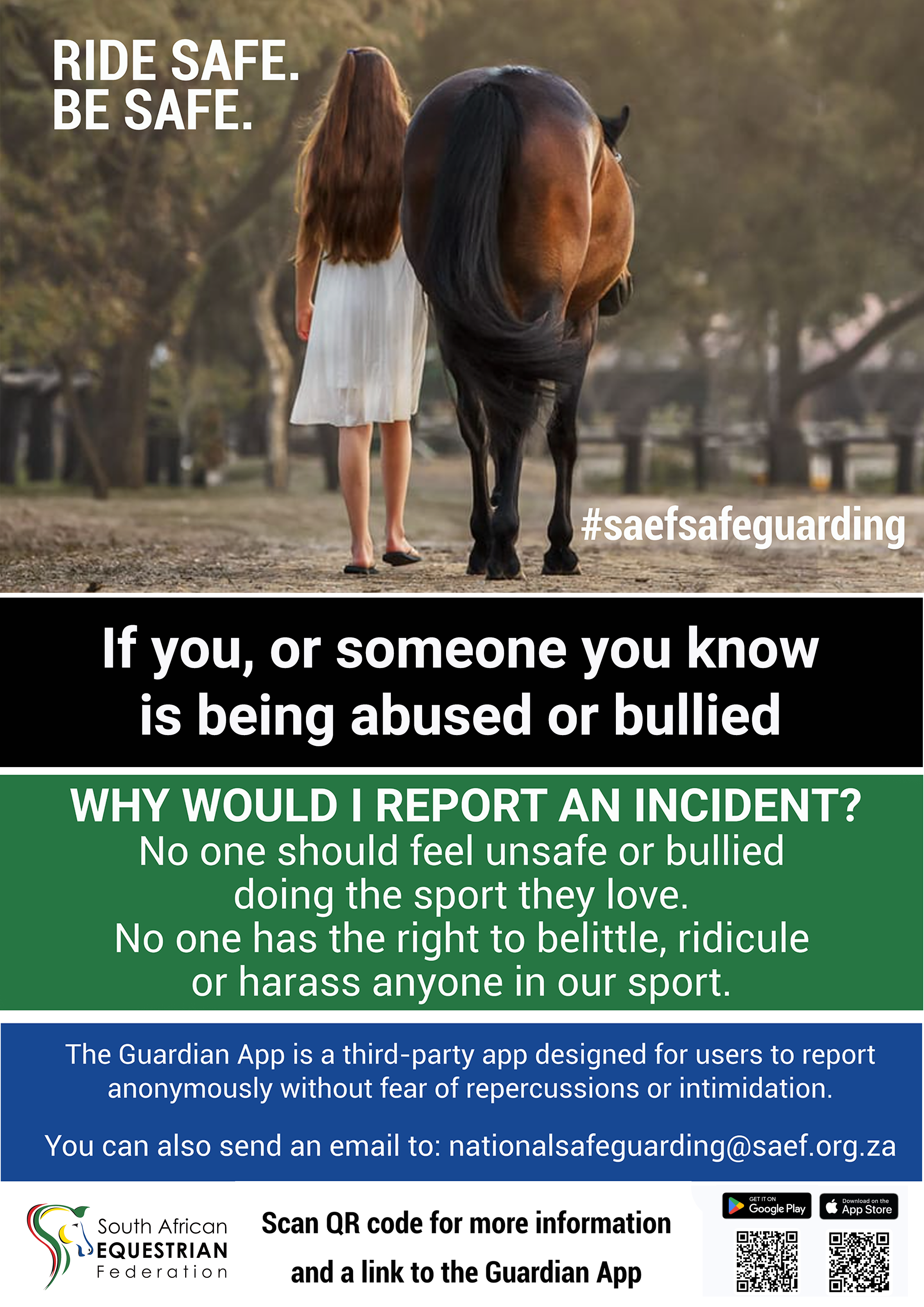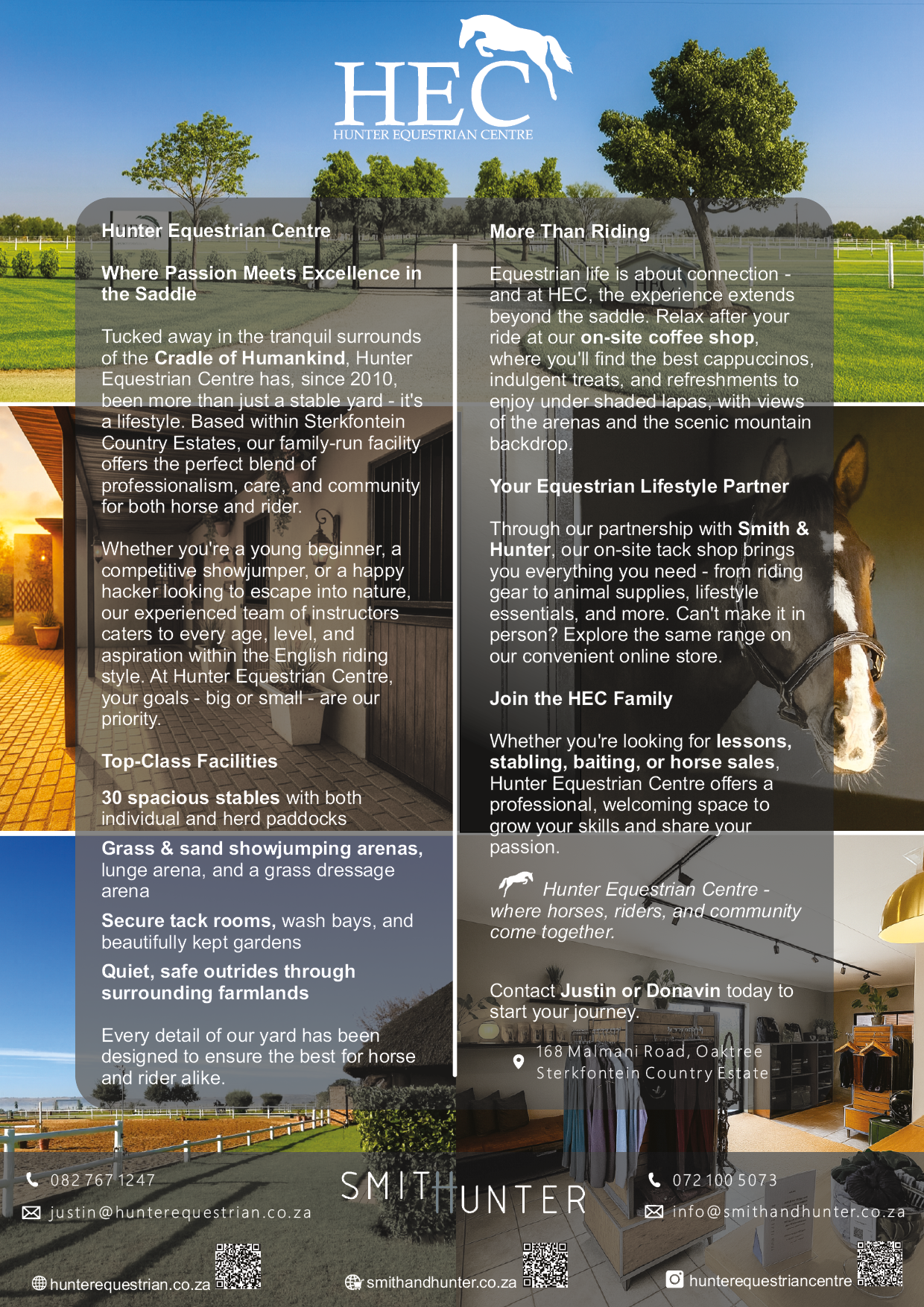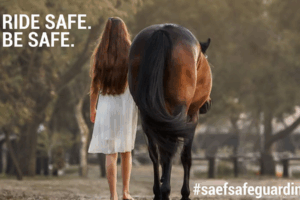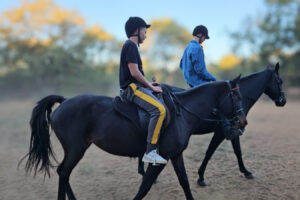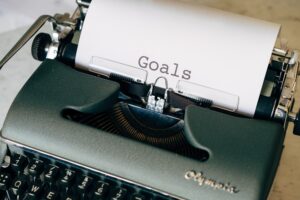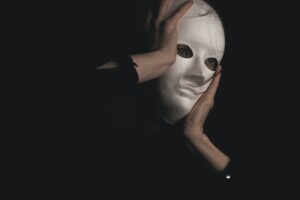They don’t speak our language, but they’re always speaking. Understanding the body language of horses.
Spend enough time around horses, and you’ll learn everything they do, from the flick of a tail to the shifting of weight; all of these subtle movements carry meaning. For riders, grooms, handlers and pony-loving children across South Africa, learning to read this unspoken dialogue is one of the most rewarding parts of horsemanship. It helps us build trust, avoid misunderstandings and ultimately forge a deeper connection with our horses.
Understanding equine body language isn’t about memorising a checklist. It’s about observation, empathy, and time. Just like people, every horse is an individual. But there are common patterns, and once you know what to look for, the world of your horse becomes a little less mysterious.
The whole horse
When trying to “read” a horse, the temptation is to zero in on one specific signal, for example, ears pinned back, a swishing tail, or the whites of the eyes. But context is everything. A horse might flick an ear because of a sound or because it’s annoyed; a raised head might mean fear, excitement, or simply that it spotted a friend across the paddock.
To make sense of it all, you have to read the whole picture: ears, eyes, mouth, nostrils, tail, stance, and movement. Just like we don’t judge a friend’s mood by their eyebrows alone, we shouldn’t do that to our horses either.
Let’s look at some of the key indicators and what they might be trying to tell us.
Ears: The first signal
If you had to pick one place to start learning horse body language, you’d start with the ears.
Ears that are pricked forward suggest interest or curiosity, perhaps there’s something up ahead that’s caught the horse’s attention. One ear forward and one back usually means the horse is multitasking — keeping half an eye on what’s ahead and half on you. Constantly swivelling ears, especially during a ride, could suggest nervousness or distraction.
Ears pinned flat against the neck are a more serious sign. This is a clear signal of annoyance, aggression, or pain. It’s a horse’s way of saying, “Back off”, and ignoring that signal can result in a kick or bite if you’re not careful.
Eyes: Emotion made visible
A horse’s eyes are big for a reason — they reveal a lot.
Soft, relaxed eyes with slow blinking or even partially closed lids indicate a calm and comfortable horse. Wide-open eyes, where the whites are visible (known as “showing the whites”), can indicate fear, surprise, or tension. A hard stare may suggest defensiveness or discomfort.
You’ll often see a horse’s eyes change in moments of confusion.For instance, during a stressful training session. That’s when recognising early signs of mental overload becomes essential. A flicker of tension in the eyes can warn you to pause and reassess before frustration turns into resistance.
The tail: Not just for swatting flies
Tail swishing is one of those cues that’s easy to misread. A gentle, rhythmic swish while standing in the sun might mean nothing more than flies bothering your horse. But if the swishing becomes frequent, abrupt, or aggressive, especially during grooming or ridden work, it’s time to pay attention.
This kind of tail movement is often a sign of irritation or protest. It might mean the horse is physically uncomfortable (for example, from a poorly fitted saddle), mentally frustrated, or trying to avoid something it doesn’t understand.
A tail clamped tightly down can signal fear or submission. In foals, it’s common during nervous moments, but adult horses may also use this as a defensive posture when feeling threatened.
Conversely, a high-held tail can indicate excitement or high alert. Some breeds, like Arabians, carry their tails naturally high, so again, context matters.
Posture and movement: Tension or trust?
Much like people, horses “hold” their emotions in their posture. A relaxed horse often stands with a leg cocked, neck low, and body soft. In contrast, a tense horse will appear rigid with its legs square, head raised, and muscles tight.
Watch how your horse moves through the paddock or stable yard. Are they confident in their stride or hesitant? Are they willingly approaching new objects or standing rooted to the spot? Movement tells you whether the horse feels secure or unsure.
Some common signs of unease include:
- Restless shifting from foot to foot
- Pawing at the ground
- Pacing or circling
- Sudden freezing or “planting”
At liberty, these cues are easier to spot. Under saddle, the same signals can translate into rushing, spooking, or refusing to move forward.
The face: Subtle but telling
Facial expressions might not be the first thing you notice, but they’re incredibly revealing.
Look at the mouth. A soft, relaxed muzzle suggests calmness. Some horses will gently chew or lick their lips after a stressful moment, often interpreted as a sign they’re processing information.
Tight lips, clenched jaws, or grinding teeth, on the other hand, can indicate stress or pain. Nostrils can be similarly expressive: soft and rounded = relaxed; flared and rigid = stressed or excited.
Horses also communicate pain this way and researchers have developed “equine pain face” scales to help detect signs of distress. Learning to spot these can help owners pick up on subtle health issues before they become serious.
Listening without words
So why does all this matter? Because listening builds trust. A horse that feels heard is more willing to work with you. One that feels ignored, or worse, punished for expressing discomfort, can become shut down or explosive.
In South Africa, where equestrian disciplines range from competitive showjumping to long-distance trail riding across diverse terrains, this mutual understanding becomes especially important. Horses in these environments must trust their riders.
Recognising body language also helps keep us safe. A horse rarely lashes out without warning but those warnings are often missed or misunderstood by humans. Learning to notice the early signs, like ears pinned, eyes widening, a shift in posture, gives us a vital head start in preventing conflict.
The more you look, the more you see
Learning to read body language isn’t just about avoiding problems. It’s about building a richer relationship with your horse.
When you start to notice how your horse “talks,” you begin to see them not as a tool for riding but as a partner in communication. You become more empathetic, aware, and ultimately a better horseperson.
And the best part? Horses notice when we pay attention. They become more expressive, more trusting, and more willing to connect. That’s when real magic happens.



